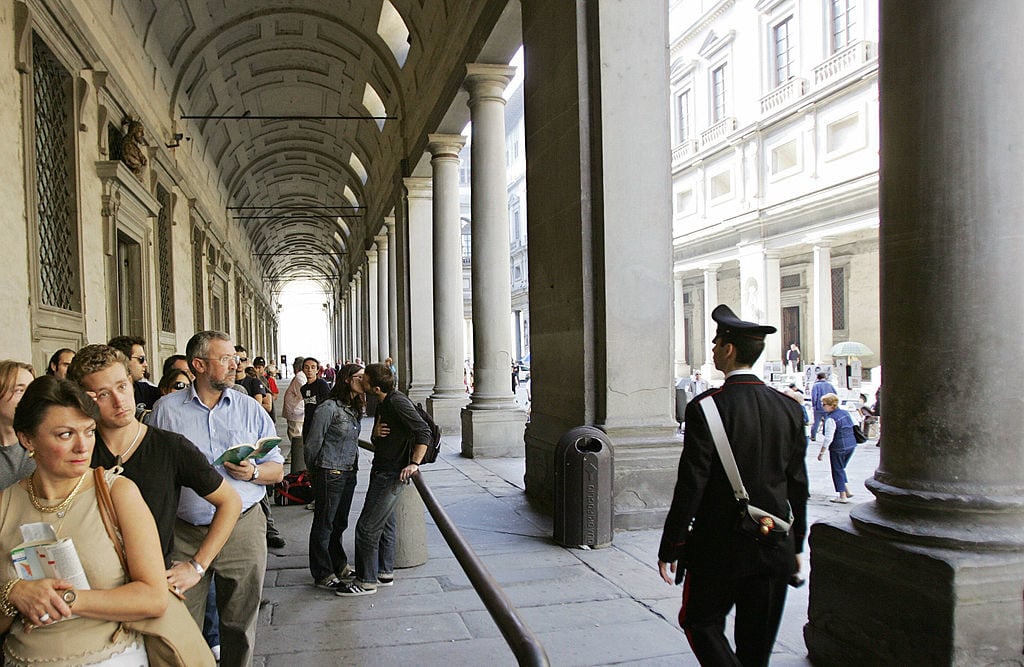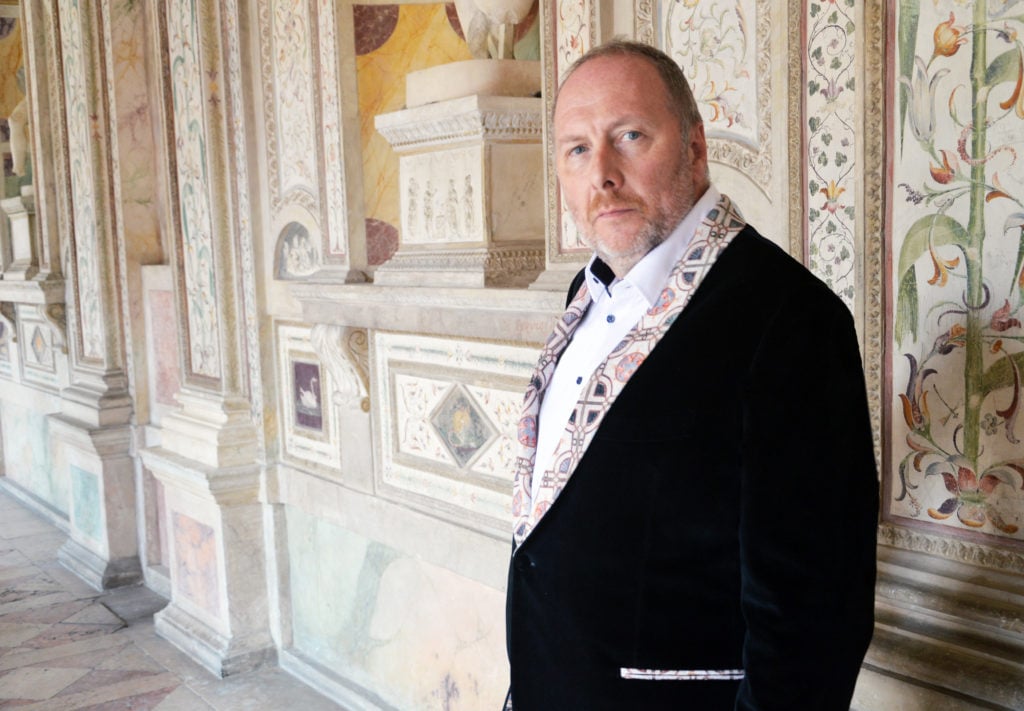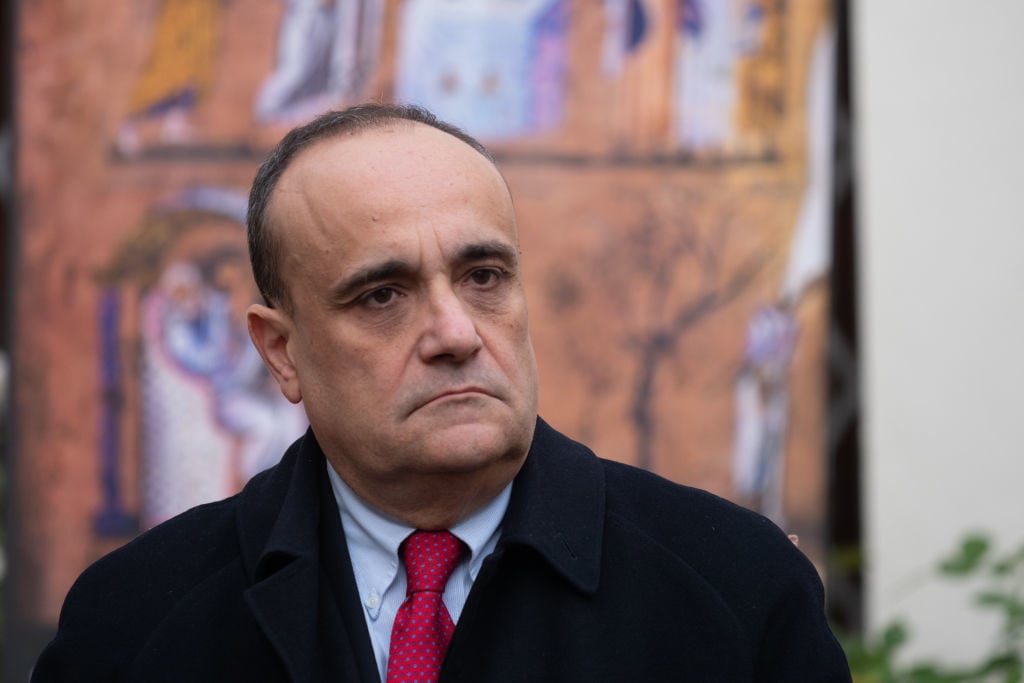Politics
Foreign Museum Directors in Italy Breathe a Sigh of Relief Over the Reappointment of an Anti-Fascist Culture Minister
The nationalist government had many museum directors worried about their jobs.

The nationalist government had many museum directors worried about their jobs.

There’s been something of a reprieve for Italy’s foreign museum directors, who recently feared that nationalist government officials would not renew their contracts.
Now that a new coalition government has been formed, sidelining the right-wing nationalist League, Dario Franceschini, the center-left politician who was behind the hiring foreign experts in the first place, is back as culture minister—which means the museum directors might be able to keep their jobs after all. And with Franceschini back, the directors of Italy’s state museum may not lose the autonomy that allowed them to modernize as they saw fit, another reform that the previous culture minister had tried to reverse.
“Franceschini liberated Italian museums from provincialism and believes in giving them autonomy and foreign managers. Now he is back in office he wants to continue with his reforms—there is no way back,” an Italian museum official told the Times of London. “All the foreign directors will be happy.”
But many of the seven international directors appointed in 2015 have already made plans to take jobs elsewhere. Convinced that he was no longer welcome in Italy, Peter Assmann, who is Austrian, made plans to leave Mantua’s Palazzo Ducale at the end of his contract to run the Austrian National Museum. Meanwhile, Peter Aufreiter, also from Austria, will be stepping down at the National Gallery of Marche to become director of the Technical Museum in Vienna.

Peter Assman, director of Mantua’s Palazzo Ducale.
Eike Schmidt, the German director of the Uffizi in Florence, is headed to the Kunsthistorisches Museum in Vienna, while German art expert Cecilie Hollberg was abruptly fired from the Accademia Gallery in Florence when the museum merged with the Uffizi in August.
The previous culture minister, Alberto Bonisoli, ruffled feathers in January when he suggested that he preferred homegrown talent. In August, new regulations were signed into law eliminating museums’ independent boards of trustees and giving the government oversight of institutional loans and spending. Although the earlier reforms in museum leadership had increased attendance and brought new life to many institutions, such change, it seemed, was no longer welcome.

Italy’s minister for cultural heritage Alberto Bonisoli. Photo by Alfonso Di Vincenzo/KONTROLAB /LightRocket via Getty Images.
But the government collapsed soon after, as the Five Star Movement’s alliance with the League— formed after neither party won a majority in the country’s 2018 election—fell apart. The new government is led by prime minister Giuseppe Conte.
The change bodes well for French art historian Sylvain Bellenger at the Capodimonte Museum in Naples and James Bradburne, a British Canadian, at the Pinacoteca di Brera in Milan. And even Schmidt may reconsider his decision to leave, according to the Times. At least one foreign director, Germany’s Gabriel Zuchtriegel at the Paestum Archaeology Park, tells artnet News that his contract had already been renewed prior to the formation of the new government.